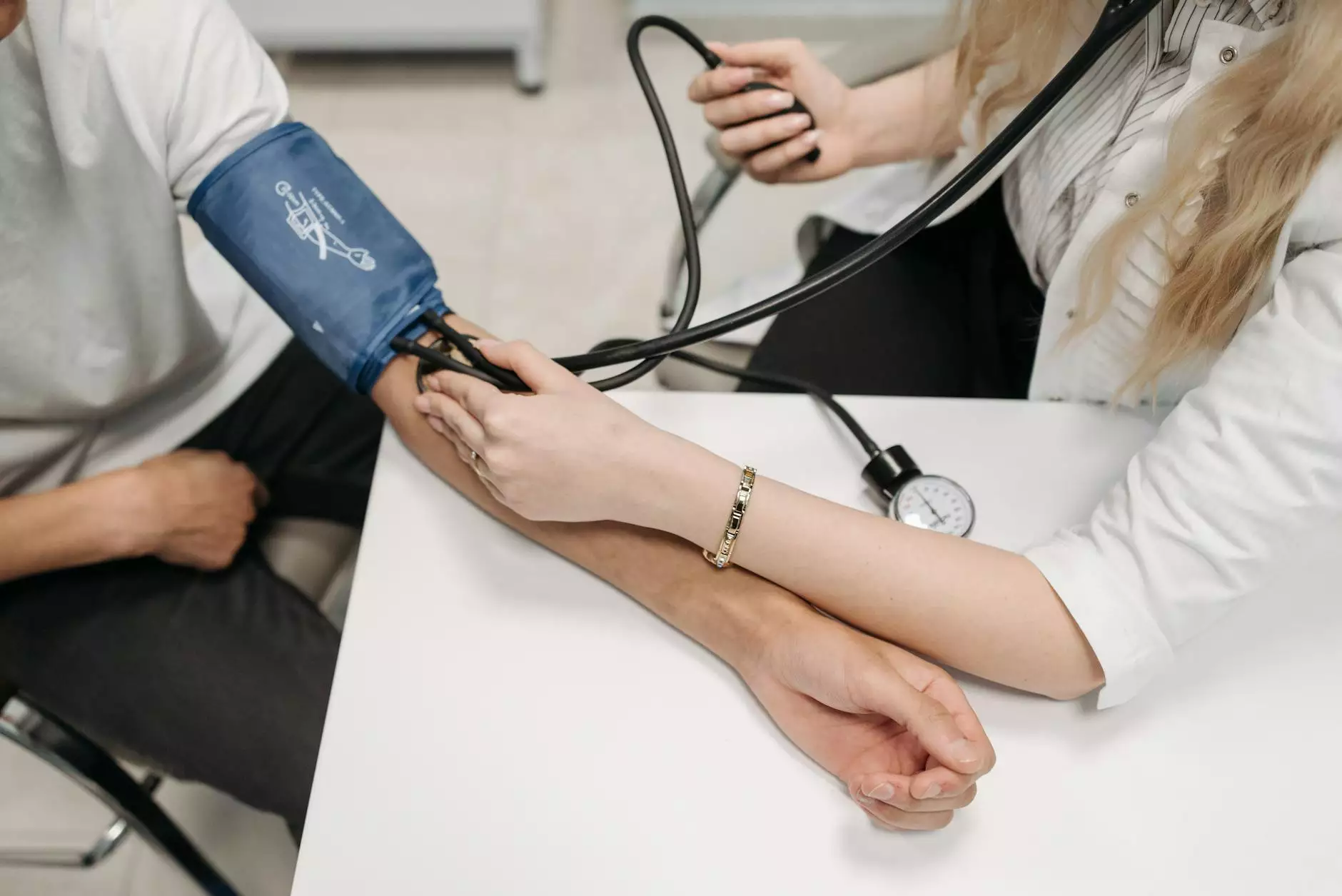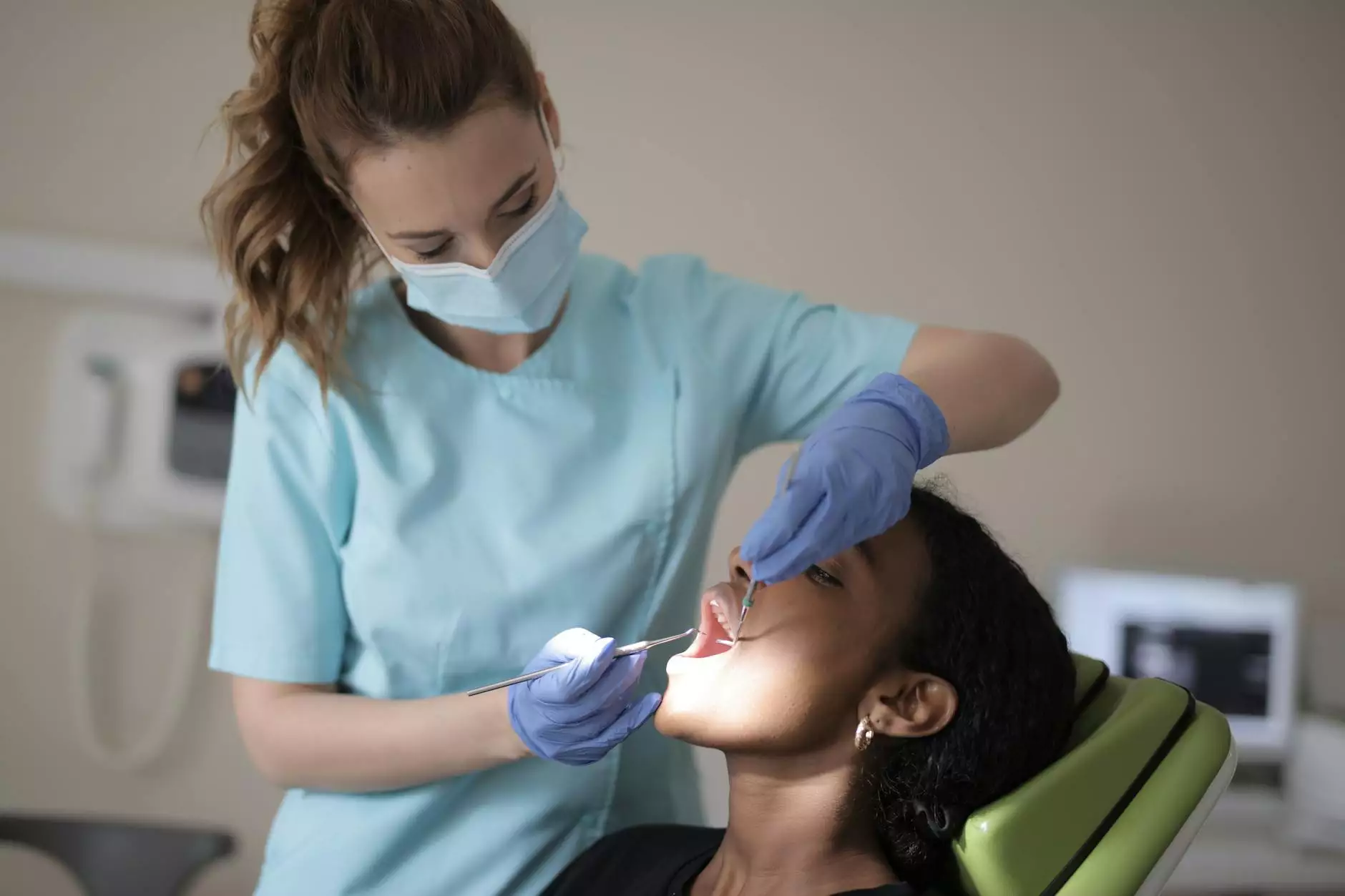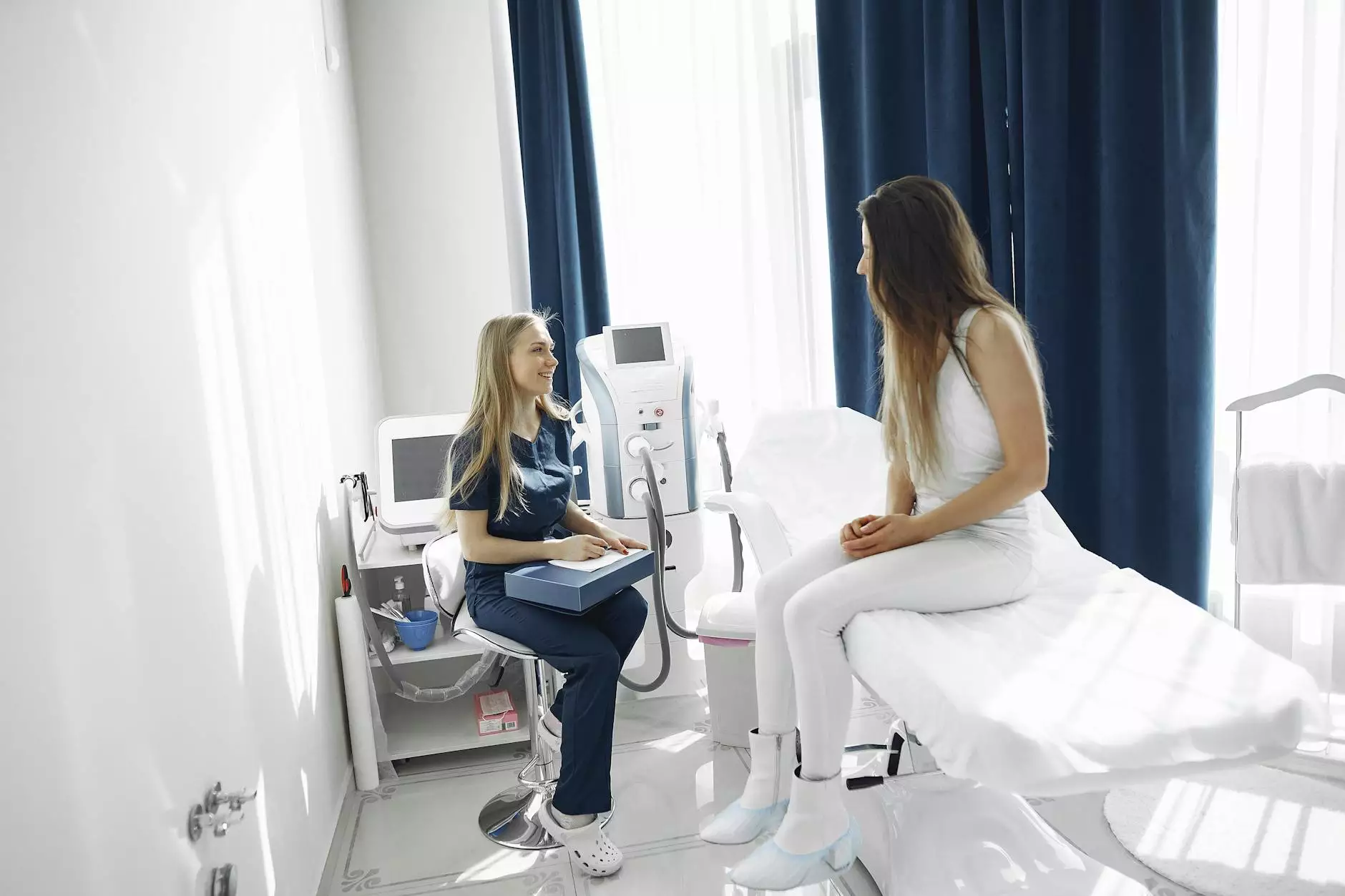What Is Orthostatic Hypertension?
Injuries
Welcome to Pain Cream Advisors, your trusted source of information on various health conditions. In this comprehensive guide, we will delve into the topic of orthostatic hypertension, exploring its causes, symptoms, and treatment options. Our aim is to provide you with the knowledge needed to better understand and manage this condition.
Understanding Orthostatic Hypertension
Orthostatic hypertension, also known as postural or positional hypertension, is a condition characterized by an abnormal increase in blood pressure when changing positions from lying down to standing up. While some fluctuation in blood pressure is normal, individuals with orthostatic hypertension experience a significant and rapid rise in blood pressure upon assuming an upright position.
Symptoms and Diagnosis
The symptoms of orthostatic hypertension may include dizziness, lightheadedness, blurred vision, or fainting. These symptoms are caused by inadequate blood flow to the brain when the blood pressure rises suddenly. It is important to consult with a healthcare professional if you experience such symptoms to receive an accurate diagnosis.
Diagnosing orthostatic hypertension typically involves measuring blood pressure in different positions, including lying down, sitting, and standing. A significant increase in blood pressure between the lying and standing positions confirms the presence of orthostatic hypertension.
Possible Causes
Orthostatic hypertension can be caused by various factors, such as:
- Primary autonomic failure
- Neurodegenerative diseases, including Parkinson's disease and multiple system atrophy
- Adrenal insufficiency
- Dehydration
- Medication side effects
It is important to consult with a healthcare professional to determine the underlying cause of orthostatic hypertension, as this can help guide the appropriate treatment approach.
Treatment Options
The treatment of orthostatic hypertension aims to alleviate symptoms and reduce the risk of complications. Depending on the underlying cause, treatment options may include:
- Lifestyle modifications, such as increasing fluid and salt intake
- Wearing compression stockings to improve circulation
- Gradual changes in posture to minimize blood pressure fluctuations
- Medications to control blood pressure, such as alpha-1 blockers, alpha-2 agonists, or fludrocortisone
- Physical therapy exercises to improve cardiovascular fitness and muscle tone
It is essential to work closely with a healthcare professional to develop an individualized treatment plan tailored to your specific needs and medical history.
Prevention and Management
While orthostatic hypertension may not be entirely preventable, certain strategies can help manage the condition:
- Avoid sudden changes in posture
- Stay well-hydrated
- Limit alcohol consumption
- Avoid hot environments
- Take precautions when rising from bed or sitting for extended periods
These lifestyle modifications can help minimize symptoms and improve your quality of life.
Conclusion
In conclusion, orthostatic hypertension is a condition characterized by an abnormal increase in blood pressure upon assuming an upright position. It can cause symptoms such as dizziness and fainting. Understanding the causes, symptoms, and treatment options is important in managing this condition effectively. Remember to consult with a healthcare professional for an accurate diagnosis and personalized treatment plan. At Pain Cream Advisors, we are dedicated to providing you with reliable information and guidance on various health conditions. Stay informed and take proactive steps towards managing your health!




